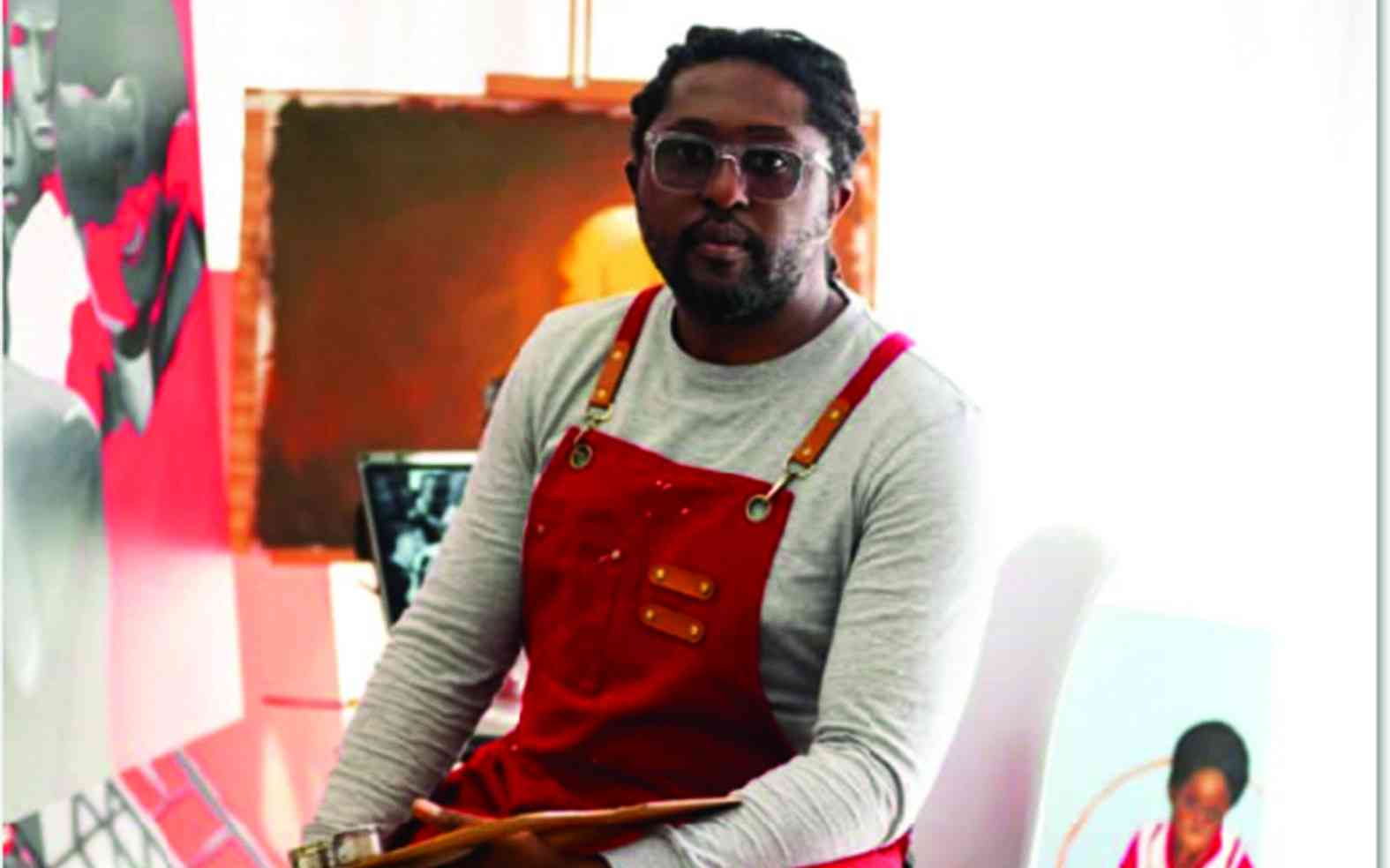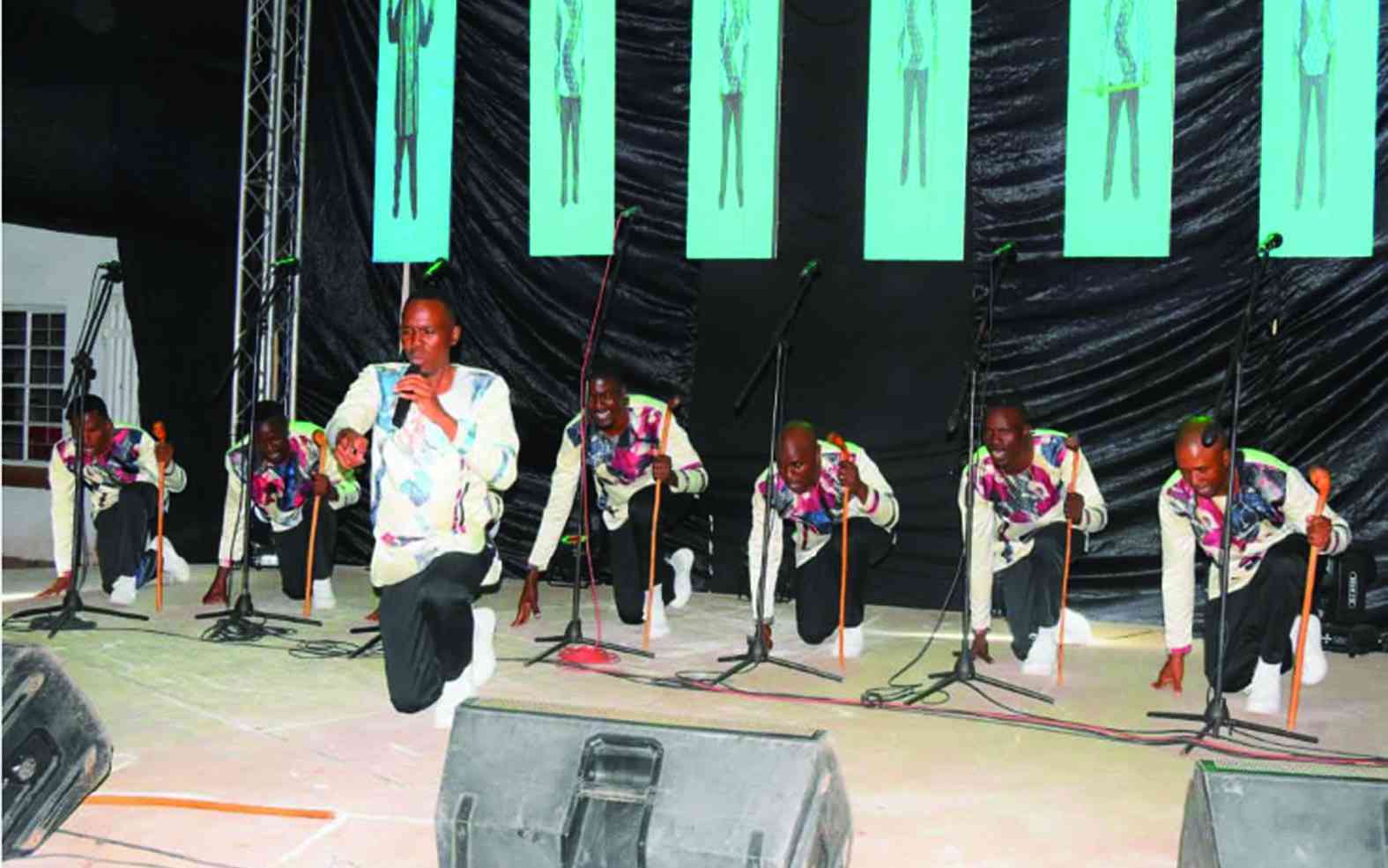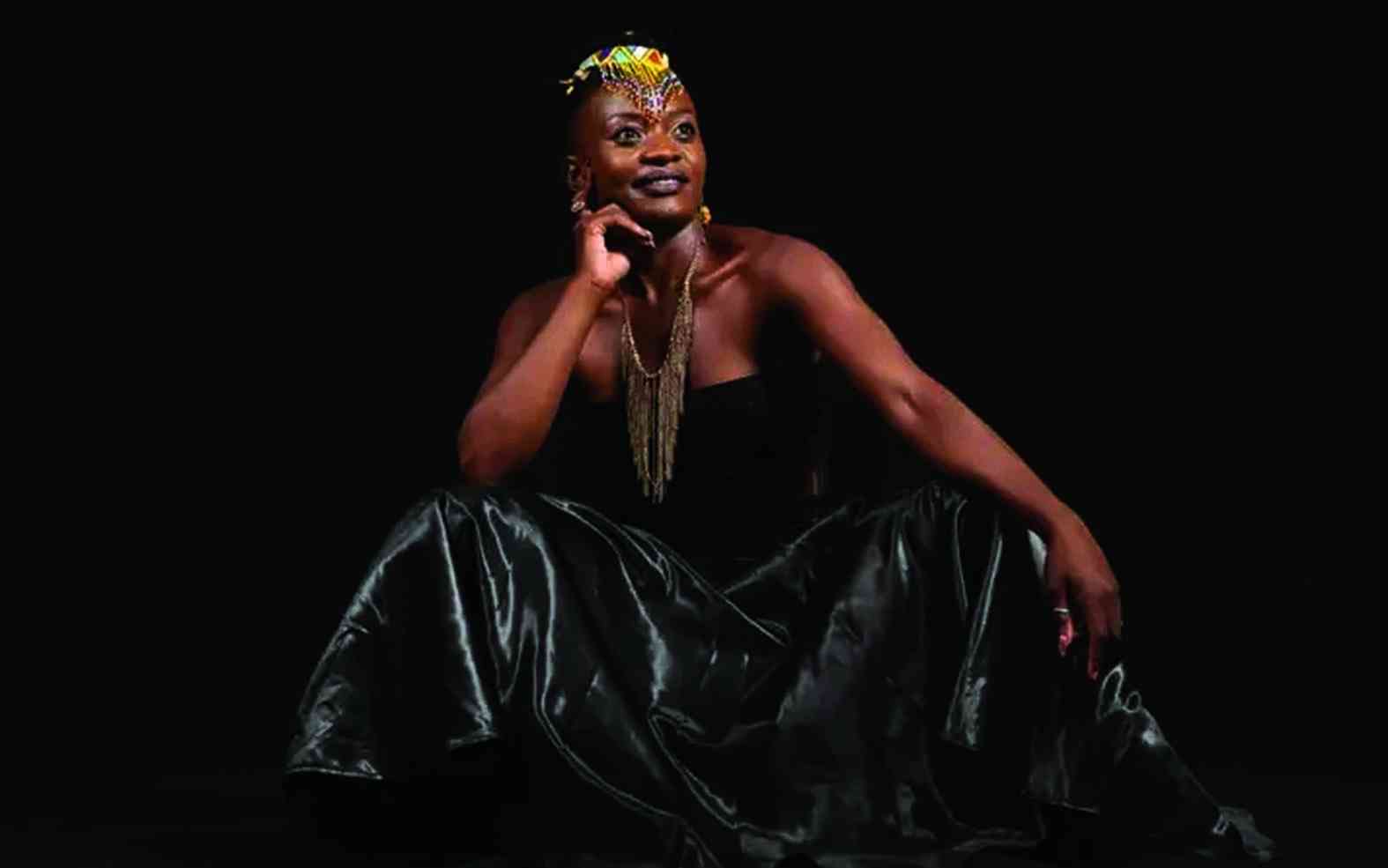
CLIVE Mukucha’s solo exhibition at the National Gallery of Zimbabwe invokes the aftermath of a great calamity.
His ghoulish sculptures are like hollow men that have walked out of the graveyard, the dense lines turn into a three-dimensional sketch, and some of his metaphors are too explicit to be uttered above a whisper.
Chati Homu, Chareva the title of the exhibition, unapologetically announces the artist's mission to declare his truth.
The remarkable thing about Mukucha’s work is the use of found objects, a medium that carries stories from intended use by many, through damage, abandonment and the most unlikely redemption. The objects he retrieves are not cherry-picked to enhance aesthetics, but are combined in intuitive ways that conjure a suffering humanity.
Curated by Fadzai Muchemwa and Zvikomborero Mandangu, Chati Homu, Chareva reveals Mukucha as a keen disciple and potential heir to the great pioneer of Zimbabwe’s contemporary art movement, Tapfuma Gutsa.
During a walkabout, it was evident that there are parts of Mukucha's work that cannot be said out loud. A glint in his eye gives him away when he becomes deliberately incoherent. And then some parts take him by surprise when a viewer points out something that makes perfect sense but wasn’t a conscious part of his process, which he readily accepts with a gracious and validating smile.
With hidden abstract features of the human anatomy, such as eyes, nose, mouth and a crazy amount of detail, a viewer can never doubt the potency, urgency, and relevance of Mukucha's artworks. The fully realised body of work includes the following pieces:
Benyumundiro, which means one who comes alive when food is presented, speaks to hunger and starvation.
- Gweje relishes fashion achievements
- Daily life struggles reflected in Burning Figure
- 'Film sector drives economic growth'
- My Beautiful Home contest over subscribed
Keep Reading
Rega zvipore is a patchwork smeared with red paint that simulates blood. The title is a proverb that describes one who is nursing an injury inflicted by fire.
Kuchipepa kuchishizha is a triptych symbolically made in the form of an analogue film. It can be read as a reminder of the importance of telling difficult stories that are sometimes suppressed for the sake of avoiding trauma from opening old wounds.
Mhindu pindu represents the vicissitudes of life.
Chivhitivhiti chemubhawa refers to a television that is put in a bar to entertain patrons, where they also become the target for thieves and sex workers.
Yagojomorwa combines an ingenious conception of the country's map represented by a teapot and a voluminous cascade of various objects caught in a wave representing a flushed toilet.
Manyerekupe ehondo means rumours of war and suggests tension, alertness and distrust.
Dhunamutuna means a White person, a term which gained much traction during the First and Second Chimurenga wars. The term is loaded with anti-colonialist sentiment and is similar to Vasinamabvi, which is also the title of another piece of art in the exhibition.
Joko speaks to the horrors of oppression, enslavement brought by unfair labour practices and economic hardship.
Blazo and Yerobhoni are abstract portraits of a male face and a female subject. Both pieces are great examples of the complexity of Mukucha’s work, proving that his accomplishments are grounded.
Bindu raSabhuku flips a symbol of abundance into one of destitution.
Mudzimu weshiri invokes the apparent vulnerability of a bird in its nest, suggesting it is only kept safe by the protection provided by its ancestral spirits.
Mbuya mutegede is a Shona colloquialism and term of endearment for a pregnant woman. The work is a stunning abstraction with so much to decode.
One might look at the piece Freedom of expression as a sun symbolically radiating its light. It can also be seen as a landmine of consequences with many triggers that make it difficult to disarm.
Xenophobic emblem extracts the core from a dogma that has caused so much violence, particularly in South Africa. The artist presents xenophobia as an amplified pathogen.
Something can be said about capitalism, neoliberalism, consumerism and climate change if Mukucha’s work were to be packaged for the external gaze. Essentially, however, the young artist is an alchemist whose work transmutes suffering into consciousness. Like a searing, ridden guitar solo, the impact of his work resonates long after the experience.










